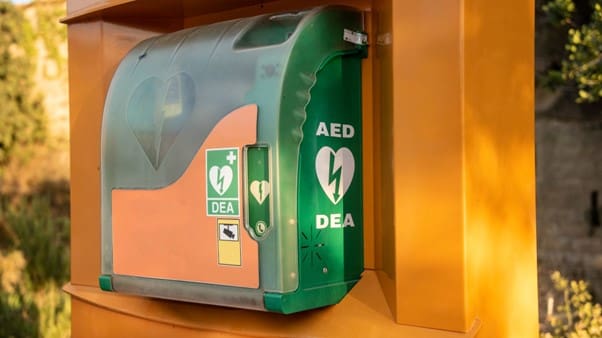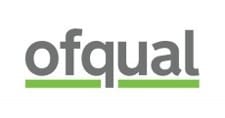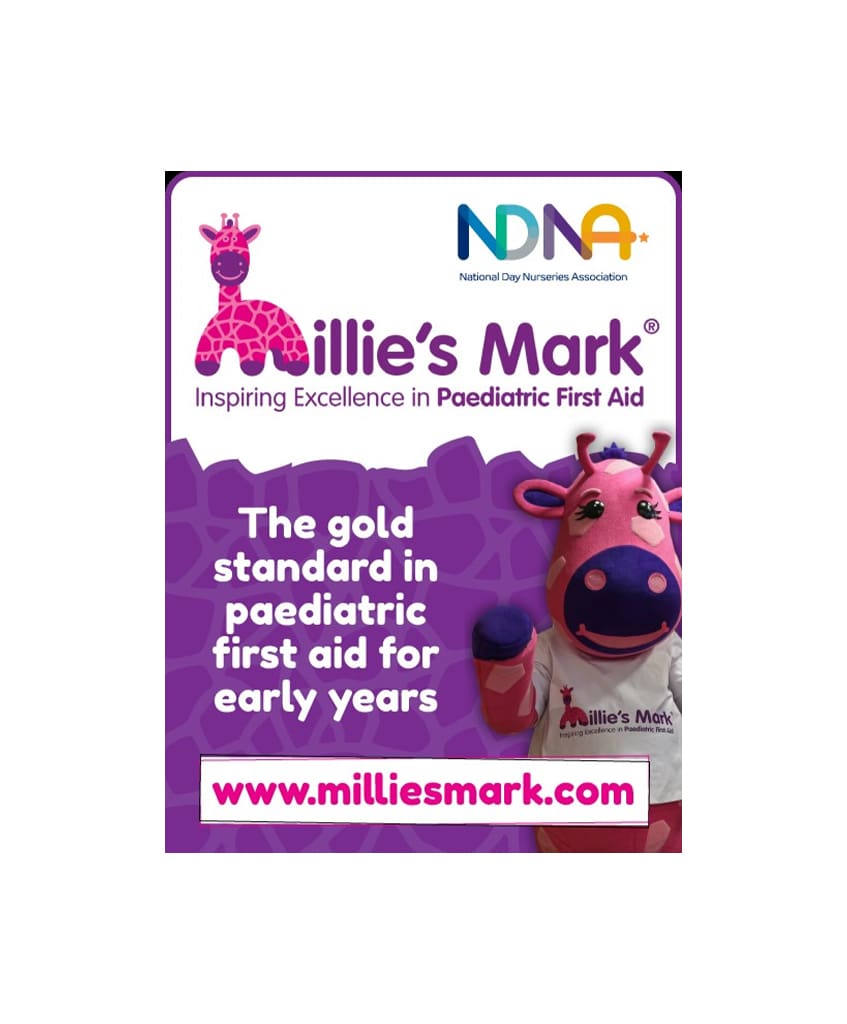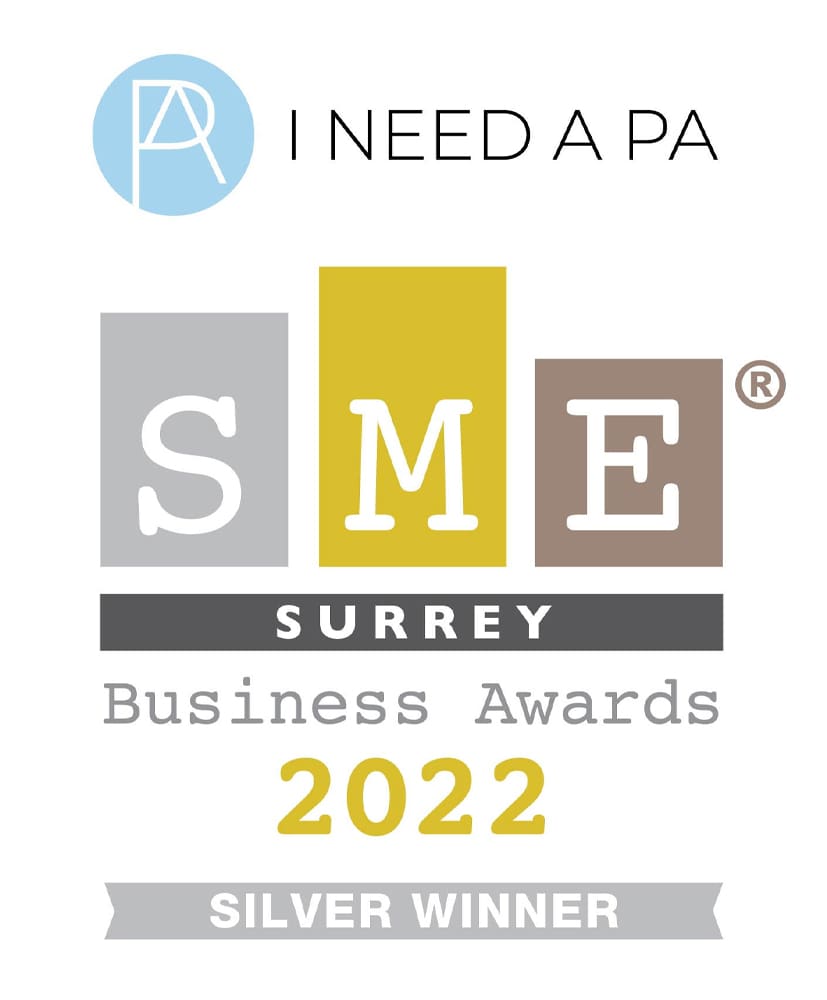Defibrillators are designed to give a high energy electric shock to the heart of someone who is in cardiac arrest.
Defibrillation, also known as a high energy shock, is a crucial step in the process of trying to preserve the life of a person experiencing cardiac arrest. An automated external defibrillator, often known as an AED or a PAD (public access defibrillator), is also known as a defibrillator.
When the usual heart rhythm is disturbed and disorganised during a sudden cardiac arrest (SCA), it prevents the heart from beating normally and prevents the person from breathing normally.
A person’s probability of life diminishes by 10% for each minute they are in cardiac arrest without obtaining CPR or having a defibrillator used on them. Therefore, it is crucial that you take immediate action.
A defibrillator shocks the heart with energy, which can assist to correct the heart’s rhythm and get it back to beating normally. This straightforward tool is simple to use and doesn’t require any special training, yet it could make a huge difference.
Where can you find a defibrillator?
Defibrillators with public access are intended for usage by the general public. The defibrillator will provide you clear instructions and guide you through what to do when you turn it on.
A defibrillator only administers a shock when it is necessary, causing no harm to the person having a cardiac arrest. There is no need to be apprehensive when using a defibrillator; just adhere to its straightforward instructions and be certain that doing so could save someone’s life.
Call 999 and request an ambulance if you notice someone having a cardiac arrest. The person who answers your ambulance call will instruct you on how to administer CPR and direct you to the defibrillator that is the closest to you.
Defibrillators are appearing in towns all throughout the UK. They could be outdoors of buildings or inside of large public areas like shops and airports. A green heart may be shown on the outside of the defibrillator or the case it is kept in, along with the word’s “defibrillator” or “AED.”
There are further attempts to make sure that everyone of us can immediately locate the nearest defibrillator in an emergency. A campaign by the British Heart Foundation and Resuscitation Council UK called The Circuit (https://www.bhf.org.uk/how-you-can-help/how-to-save-a-life/defibrillators/national-defibrillator-network-the-circuit) is one instance. It aims to build a network of defibrillators that are registered with ambulance services so that the public may find the closest defibrillator. Also available is GoodSAM (https://www.goodsamapp.org/aed), which has mapped all of London’s public access defibrillators.
How to use a defibrillator
If you’re alone, don’t stop performing CPR to go and find a defibrillator. Send someone else to look for one if possible. The 999 operator will be able to let you know if there is a public access defibrillator in the area.
Step 1: Turn the defibrillator on by pressing the green button and follow its instructions.
Step 2: Peel off the sticky pads and attach them to the skin, one on each side of the chest, as shown in the picture on the defibrillator.
Step 3: Once the pads have been attached, stop CPR and don’t touch the patient. The defibrillator will then check the patient’s heart rhythm.
Step 4: The defibrillator will decide whether a shock is needed and if so, it will tell you to press the shock button. An automatic defibrillator will shock the patient without prompt. Don’t touch the patient while they are being shocked.
Step 5: The defibrillator will tell you when the shock has been delivered and whether you need to continue CPR.
Step 6: Continue with chest compressions until the patient shows signs of life or the defibrillator tells you to stop so it can analyse the heartbeat again.
A defibrillator can be used by anyone; no special training is required. It will provide detailed instructions on how to attach the defibrillator pads once you turn it on. Only if necessary will the device advise you to shock after checking the cardiac rhythm. You can’t shock someone accidentally.
What’s the difference between a heart attack and cardiac arrest?
When an artery that supplies the heart with blood becomes clogged, a heart attack happens. Typically, this results in cardiac muscle damage and causes chest pain. Additionally, some people may feel pain in their arms, neck, or jaw, and for some, this may also feel like indigestion. Cardiovascular arrest can happen during a heart attack, especially in the early stages, but it is not always the case. The risk of cardiac arrest, however, emphasises the importance of calling for immediate help if anyone is suspected of having a heart attack, so that they can receive treatment to reduce the damage to their heart and reduce the risk of a cardiac arrest occurring.
A person experiences a cardiac arrest when their breathing becomes irregular or ceases altogether and their heart stops beating unexpectedly. It is an electrical issue brought on by arrhythmias, which are abnormal cardiac rhythms. Within minutes of the heart stopping, death happens.
Please get in contact with us if you would like to receive life saving First Aid training to enable you to feel confident and assist in an emergency. Please call us on 01276 586943 or email us at admin@crosscountiestraining.co.uk.








